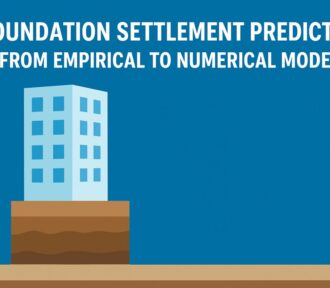This article sets out a practical methodology for the analysis and design of guyed towers in accordance with European practice.
Category: Analysis
Eurocodes have changed how pile loads are presented and how pile resistances are designed. The UK Federation of Piling Specialists developed the E-Pile Schedule to meet these new requirements. This article explains the benefits of using a standard pile schedule for Eurocode design.
The inspection and repair of cantilever stone staircases require methodical approaches that respect the historic fabric. Early assessment of structural behavior, potential failure mechanisms, and previous repairs is vital.
This article examines the technical causes of failure in freestanding walls, retaining walls, motorway signage, vehicle barriers, lighting columns, cantilever masts, and tower crane foundations.
This article explores the differences, applications, practical considerations, and limitations of linear and nonlinear structural analysis methods.
This article explains principles, design methodologies, analysis techniques, failure modes, code provisions, and practical strategies against the disproportionate collapse of structures.
This article explores the evolution and current state of foundation settlement prediction. It compares empirical, analytical, and numerical approaches, identifying their strengths, assumptions, and application contexts.
This article explores how roof geometry shapes strength, span capacity, and stability in large structural designs
Roof structures chart the progress of engineering across history. From primitive shelters to advanced digital designs, each generation expanded the possibilities of enclosing space.
Whether dealing with reinforced concrete, steel, timber, or masonry, engineers must adapt strategies to each material’s strengths and limitations. This article examines strengthening principles and methods for all major structural types.









